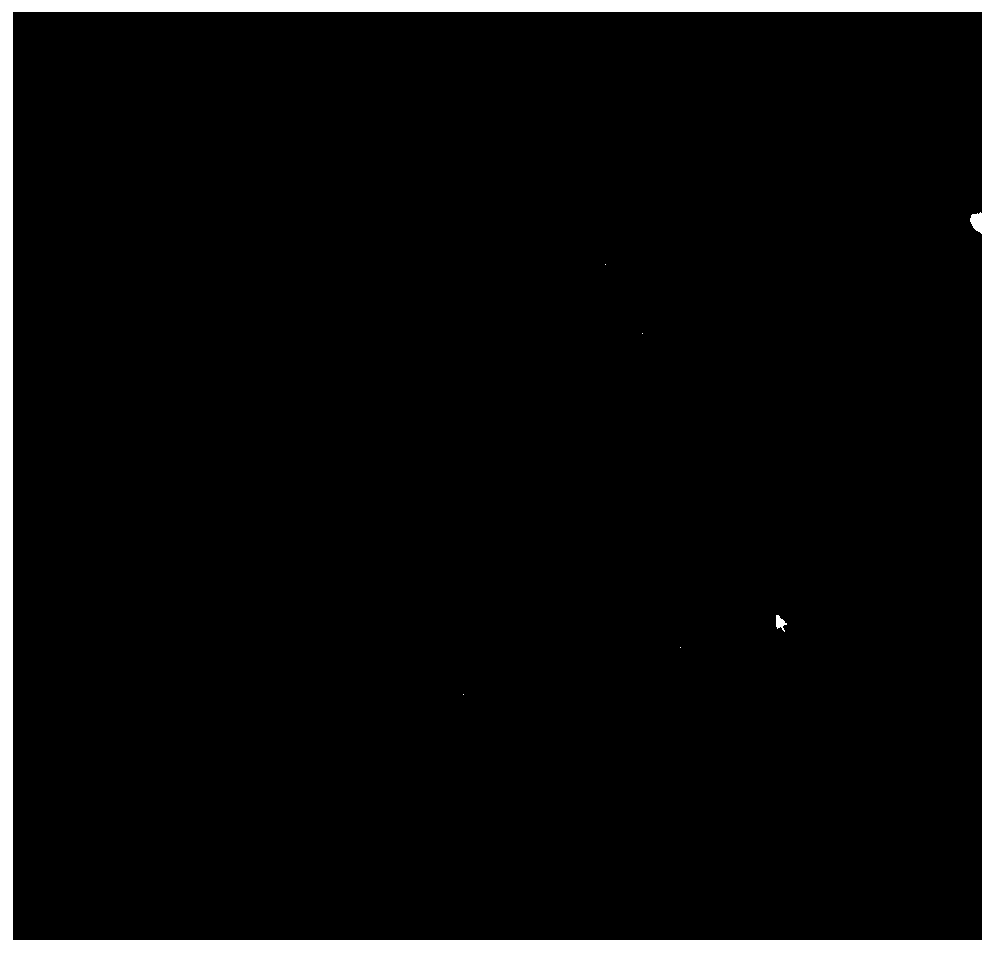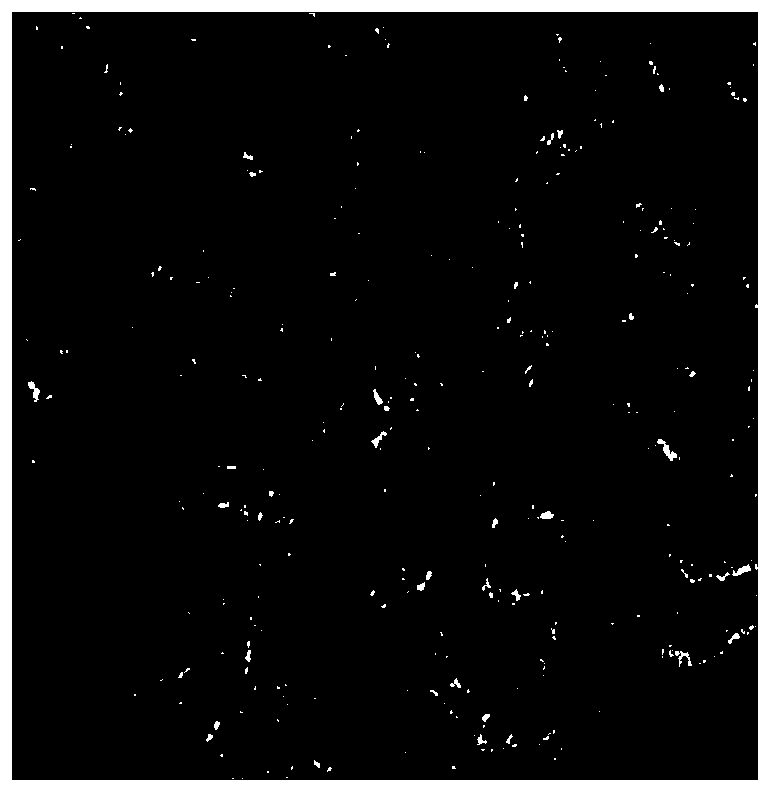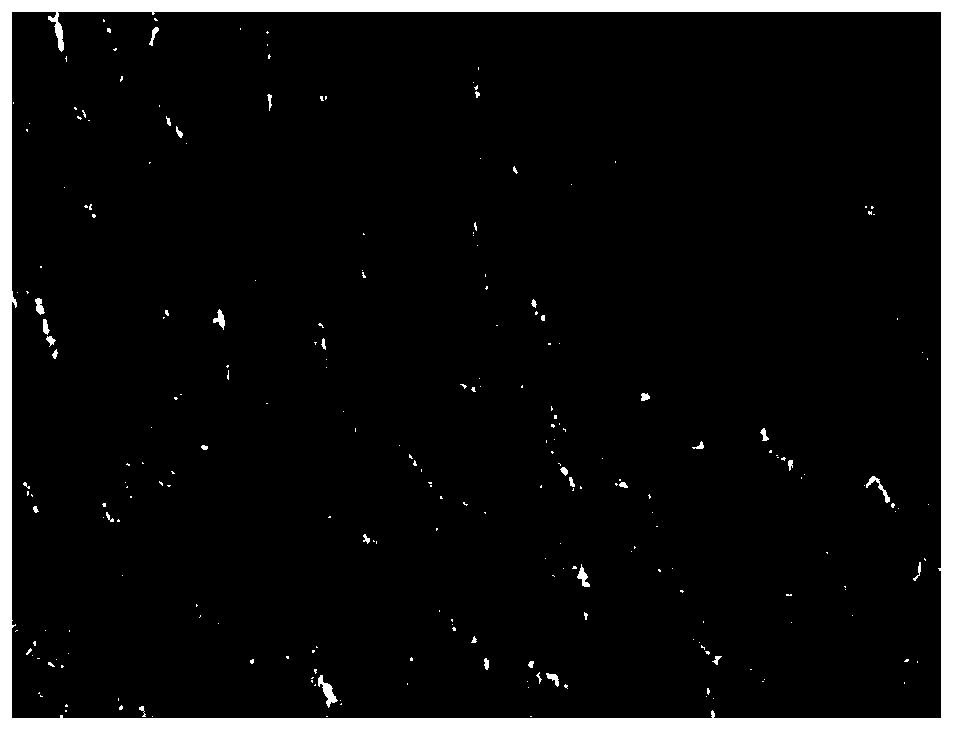Graft capable of reducing incidence of GVHD
A technology of transplantation and morbidity, applied in the direction of microorganisms, animal cells, drug combinations, etc., can solve the problem of high incidence of GVHD, and achieve the effect of reducing the degree of green hair and disease
- Summary
- Abstract
- Description
- Claims
- Application Information
AI Technical Summary
Problems solved by technology
Method used
Image
Examples
Embodiment 1
[0049] This embodiment is a preparation method of placental subtotipotent stem cells, the preparation method comprising the following steps:
[0050] 1. Experiment preparation
[0051] Take out the required reagents from the 4°C refrigerator and place on a shaker to balance to 37°C;
[0052] Place the sterilized experimental instruments, utensils, and waste liquid tanks on the ultra-clean bench and irradiate them with ultraviolet light for more than 30 minutes.
[0053] 2. Select placental amniotic membrane:
[0054] Materials: The placenta was taken from a full-term healthy puerpera;
[0055] Observe the state of the placenta; and disinfect the outer surface of the placenta container with 75% alcohol, wipe the mouth of the sterile ziplock bag with an alcohol cotton ball for disinfection, and place it on an ultra-clean table. Clamp the root of the umbilical cord with a hemostat, place the maternal surface (rough side) downward on the kidney-shaped dish, and place the smooth...
Embodiment 2
[0080] This embodiment is a method for preparing umbilical cord blood hematopoietic stem cells, the preparation method comprising the following steps:
[0081] 1. Check the status of the umbilical cord blood. If there is a clot in the umbilical cord blood, filter it with a disposable sterile blood transfusion device before processing;
[0082] 2. Weigh the gross weight of the collection bag. When weighing, care should be taken not to drop the tube out of the balance to avoid inaccurate weighing;
[0083] 3. Cord blood weight = gross weight of blood collection bag - net weight of blood collection bag
[0084] 4. Mix the umbilical cord blood in the collection bag thoroughly, sterilize twice with 75% alcohol, cut the sterilized part with sterile scissors after 20-30 seconds, and draw 1mL umbilical cord blood sample with a 5mL syringe, which is used to make cells Counting, cell viability detection and blood type detection;
[0085] 5. Calculate the volume of HESPAN that should b...
Embodiment 3
[0097] This embodiment is a graft that reduces the incidence of GVHD. The graft is obtained by mixing the placental subtotipotent stem cells prepared in Example 1 and the umbilical cord blood hematopoietic stem cells prepared in Example 2, wherein:
[0098] The ratio of placental subtotipotent stem cells to umbilical cord blood hematopoietic stem cells is 5:1;
[0099] The training is specifically:
[0100] According to the quantitative ratio of placental subtotipotent stem cells and umbilical cord blood hematopoietic stem cells at a ratio of 5:1, 5×10 placental subtotipotent stem cells were collected. 6 cell, umbilical cord blood hematopoietic stem cells 1×10 6cell, mix well, according to 2×10 6 The cell / bottle density was re-inoculated into a new culture bottle; the culture system of each culture bottle was 15mL DMEM F12 (Gibco)+10ng / ml EGF+10ng / mlbFGF solution; then cover and place in 5% CO 2 , saturated humidity, 37 ℃ incubator culture.
PUM
 Login to View More
Login to View More Abstract
Description
Claims
Application Information
 Login to View More
Login to View More - R&D
- Intellectual Property
- Life Sciences
- Materials
- Tech Scout
- Unparalleled Data Quality
- Higher Quality Content
- 60% Fewer Hallucinations
Browse by: Latest US Patents, China's latest patents, Technical Efficacy Thesaurus, Application Domain, Technology Topic, Popular Technical Reports.
© 2025 PatSnap. All rights reserved.Legal|Privacy policy|Modern Slavery Act Transparency Statement|Sitemap|About US| Contact US: help@patsnap.com



